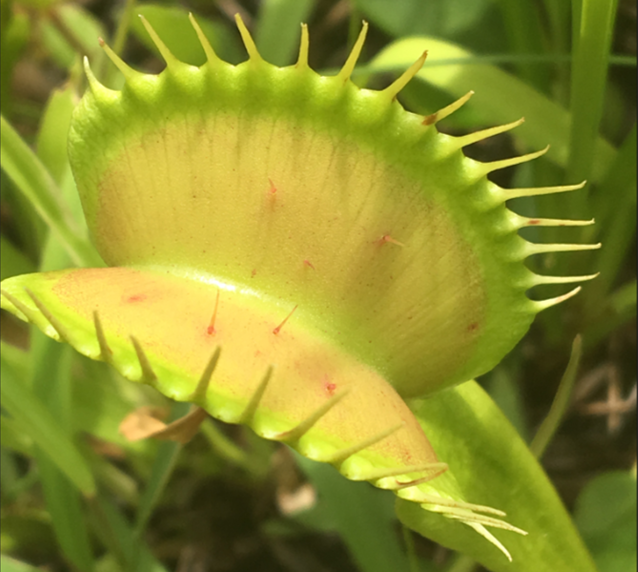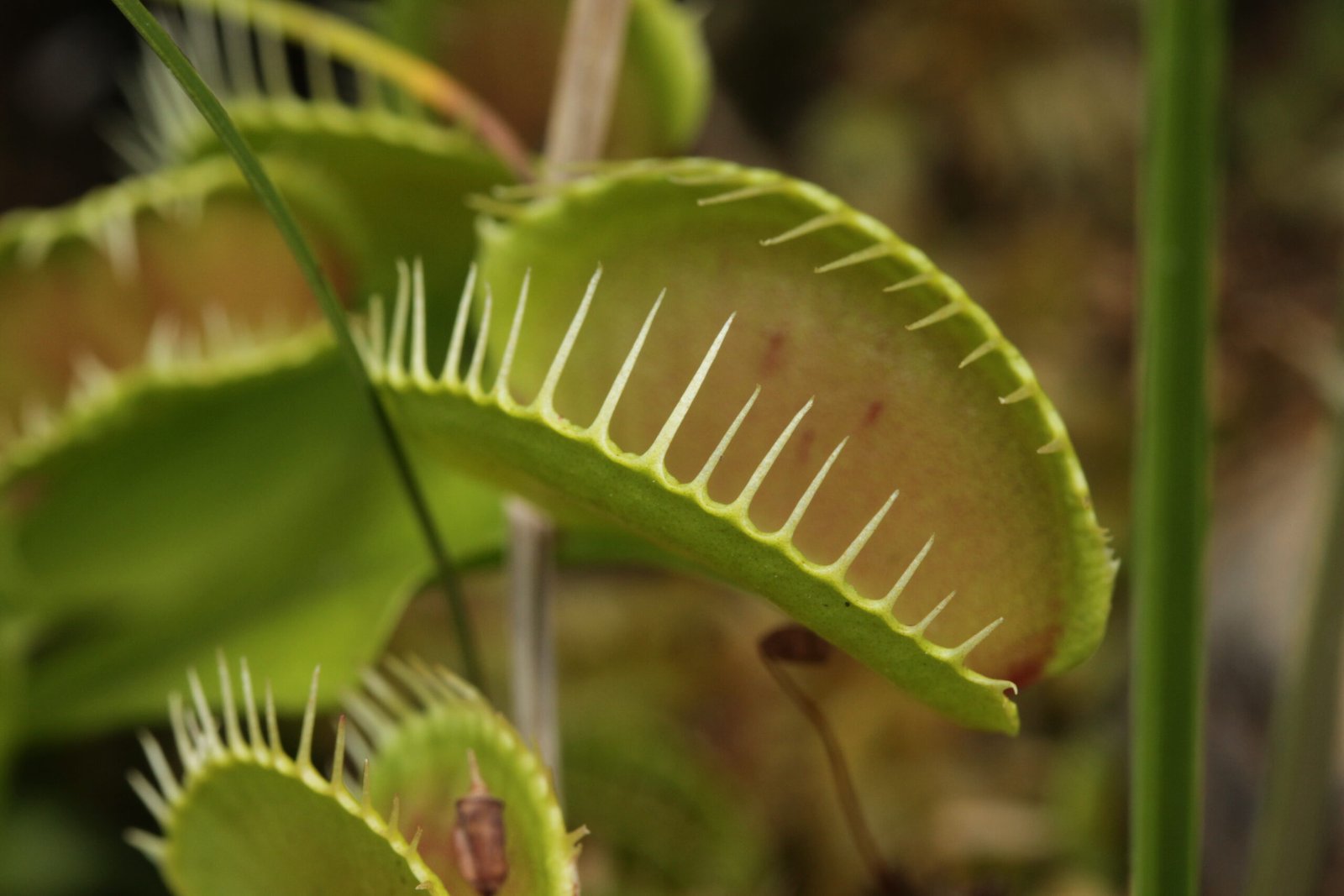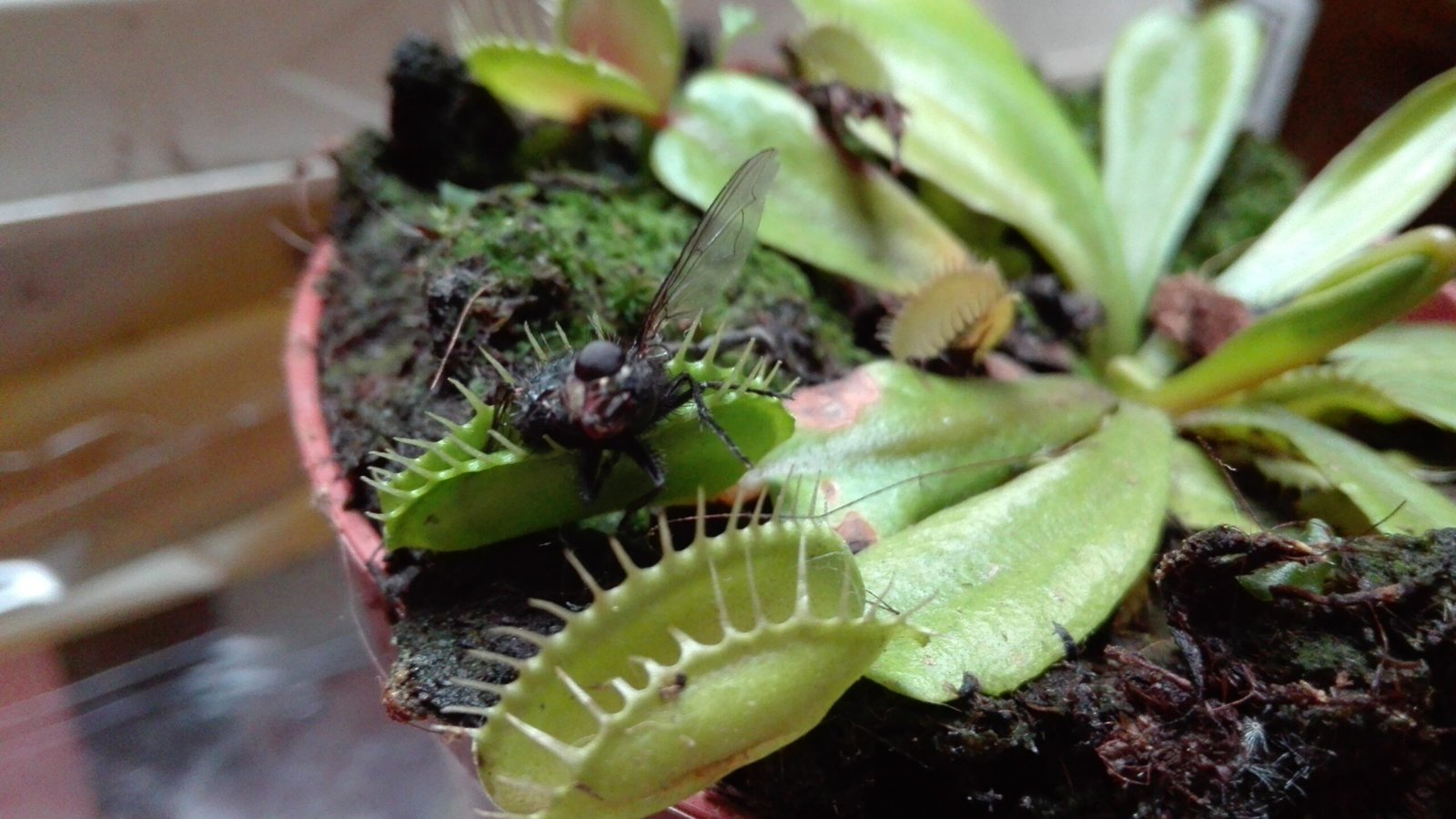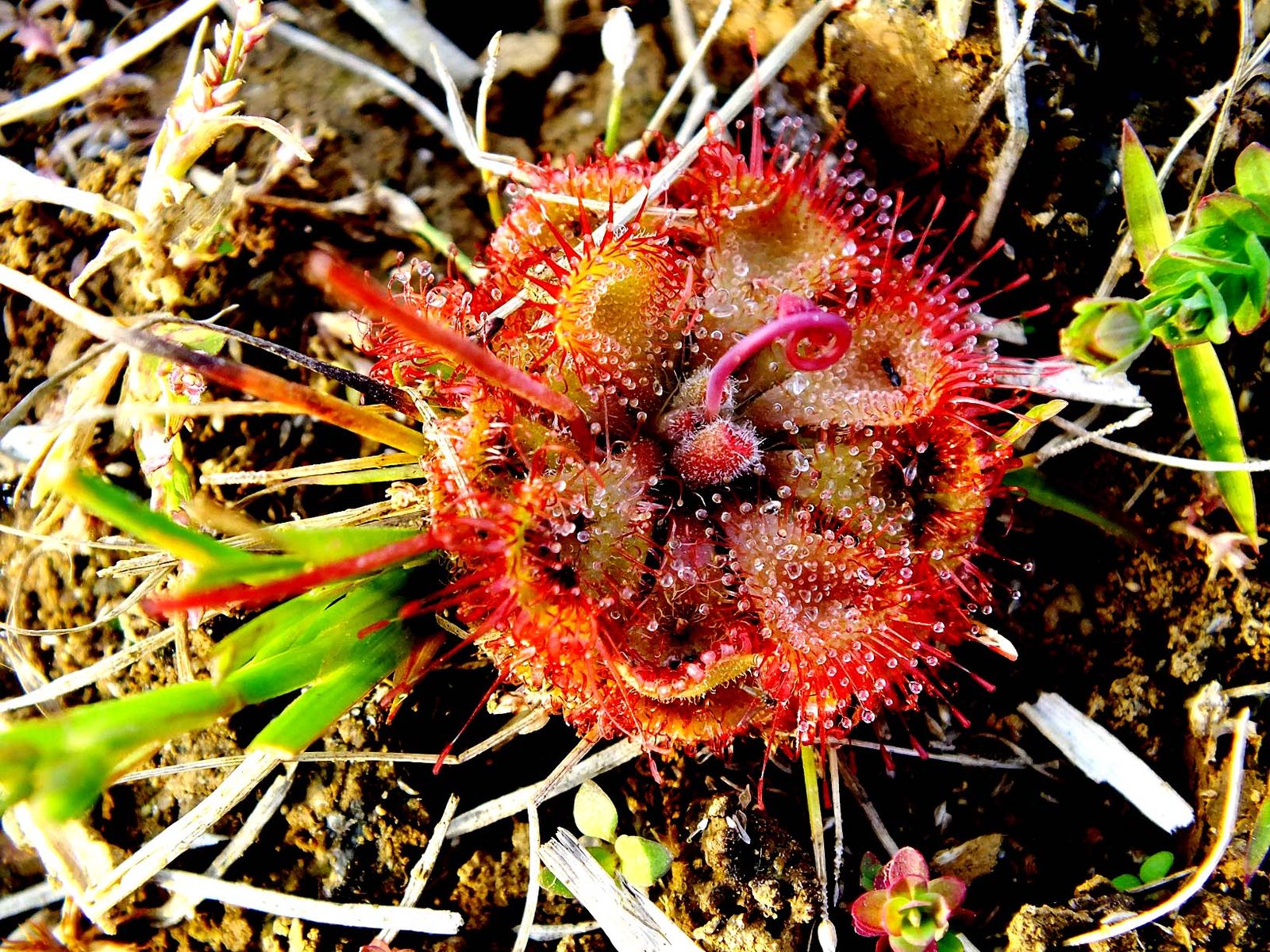Imagine a plant that can hunt. Not with fangs or claws, but with remarkable speed and cunning. The Venus flytrap, with its spiky green jaws and lightning-fast reflexes, is one of nature’s most astonishing predators. But what really makes this plant snap shut on its unsuspecting prey? The answer lies in an electrifying secret—a hidden world of plant “nerves” and signals that rivals the animal kingdom in intrigue and wonder. Step closer, and let’s dive into the mysterious science behind the Venus flytrap’s deadly embrace.
The Legendary Snap: Nature’s Green Trap
The Venus flytrap has fascinated scientists and curious minds for centuries. Its jaw-like leaves, lined with sensitive trigger hairs, can close in a fraction of a second. This action seems almost magical, as if the plant possesses a mind of its own. But the snap is not just for show; it is a finely tuned hunting mechanism that allows the plant to capture and digest insects. Each movement must be precise and efficient, since the Venus flytrap can only close its trap a limited number of times before it dies. This makes every snap a matter of survival for the leafy hunter.
Trigger Hairs: The Plant’s Sensory System
At the heart of the Venus flytrap’s hunting prowess are its trigger hairs. These tiny, sensitive projections sit inside the trap’s lobes, waiting for the slightest touch. When an unsuspecting insect brushes against one, the trap doesn’t close immediately. Instead, the plant waits for a second touch within about 20 seconds. This double-tap requirement is a clever adaptation. It helps the flytrap avoid closing on false alarms, such as falling raindrops or debris, ensuring it only spends energy when a real meal is present.
Electricity in the Green World: Action Potentials

Surprisingly, the Venus flytrap uses electricity to catch its prey, much like our own nervous system. When the trigger hairs are touched twice in quick succession, they create tiny electrical impulses known as action potentials. These signals race across the trap at astonishing speeds, telling the plant it’s time to snap shut. The action potentials are a form of bioelectricity, generated by the movement of ions across the plant’s cell membranes. This electrical activity is what unites the world of plants and animals in a shared language of signals and responses.
How Fast Is the Snap?

The Venus flytrap’s trap can close in as little as one-tenth of a second. This incredible speed is one of the fastest movements in the plant kingdom. Scientists have recorded the action using high-speed cameras, revealing the sheer force and precision involved. It’s a race against time: the plant must act quickly to catch fast-moving insects before they escape. The rapid closure is powered not by muscles, but by changes in water pressure inside the leaf cells, all triggered by those initial electrical signals.
A Delicate Balance: Avoiding False Alarms

It would be a waste for the Venus flytrap to close its jaws every time a raindrop falls. That’s why the double-tap system is so ingenious. Only when two electrical signals are generated in quick succession does the trap close. This system helps the plant conserve precious energy and ensures that the trap is only deployed when there is a high chance of catching prey. In nature, efficiency is everything, and the Venus flytrap’s strategy is a lesson in evolutionary perfection.
The Role of Calcium: A Chemical Messenger
Once the trigger hairs detect movement, calcium ions flood into nearby plant cells, helping to generate the action potential. Calcium acts as a messenger, amplifying the signal and ensuring it spreads rapidly across the trap. This cascade of electrical and chemical events is what powers the lightning-fast closure. Without calcium, the signal would fade, and the trap would remain open—another sign of just how complex and finely tuned this leafy predator is.
Digestion Begins: Trapping and Breaking Down the Prey

After the trap closes, the Venus flytrap doesn’t relax. If the struggling insect continues to touch the trigger hairs, more electrical signals are sent, causing the trap to seal even tighter. Glands on the inner surface then release digestive enzymes, slowly breaking down the prey into nutrients the plant can absorb. This process can take several days, turning a captured bug into a nourishing meal. It’s a slow-motion drama, but one that’s essential for the flytrap’s survival in nutrient-poor soils.
Evolution’s Masterpiece: Why the Venus Flytrap Hunts

The Venus flytrap’s unique hunting strategy evolved as a response to its harsh environment. Living in boggy, acidic soils with little available nitrogen, the plant needed a new way to get nutrients. By turning to insects—and developing specialized electrical and chemical mechanisms—it found a niche where few others could compete. The trap’s sensitivity, speed, and efficiency are all the result of millions of years of adaptation, making it one of nature’s most remarkable inventions.
Can Plants Feel? The Ongoing Debate

The Venus flytrap’s electric signals raise fascinating questions about plant intelligence and sensation. While the plant doesn’t have a brain or nervous system, its ability to sense, respond, and even “remember” touches is extraordinary. Some scientists argue that this is a form of plant behavior—complex, but very different from animal feeling or consciousness. The ongoing research into plant signaling, memory, and “awareness” is challenging our ideas about what it means to be alive and responsive.
Beyond the Flytrap: Other Electrical Plants

The Venus flytrap isn’t the only plant that uses electricity. Sundews, mimosa, and other “sensitive” plants also rely on electrical signals to move or protect themselves. Each species has evolved its own version of this system—some to capture insects, others to deter predators or close up leaves when touched. These discoveries are revolutionizing our understanding of plant life, showing that plants are far more dynamic and responsive than once believed.
Captivating Curiosity: The Human Fascination

There’s something truly mesmerizing about watching a Venus flytrap in action. Whether you’re a scientist, a gardener, or just a curious observer, the plant’s snappy movements and carnivorous habits evoke awe and wonder. For centuries, the Venus flytrap has inspired tales, experiments, and even works of art. Its blend of beauty and danger reminds us that nature’s mysteries are everywhere—sometimes hiding in plain sight, waiting for a gentle touch to set them in motion.
In the quiet corners of bogs and greenhouses, the Venus flytrap stands as a living testament to nature’s creativity and complexity. Its electrical secrets, hidden beneath a deceptively simple leaf, invite us to rethink what plants are capable of. Next time you see those spiky jaws poised and ready, ask yourself: What else might be waiting, unseen, within the silent world of plants?




